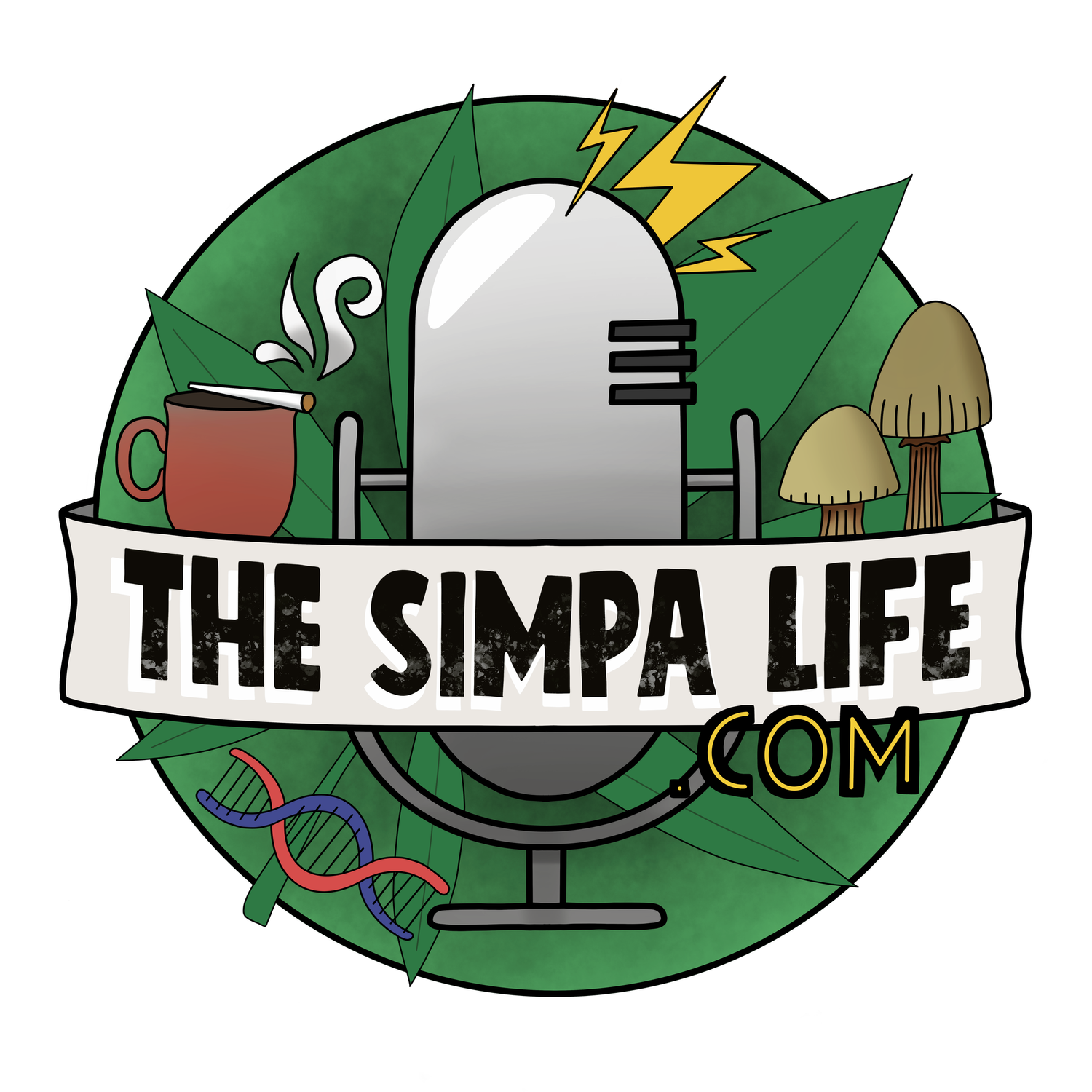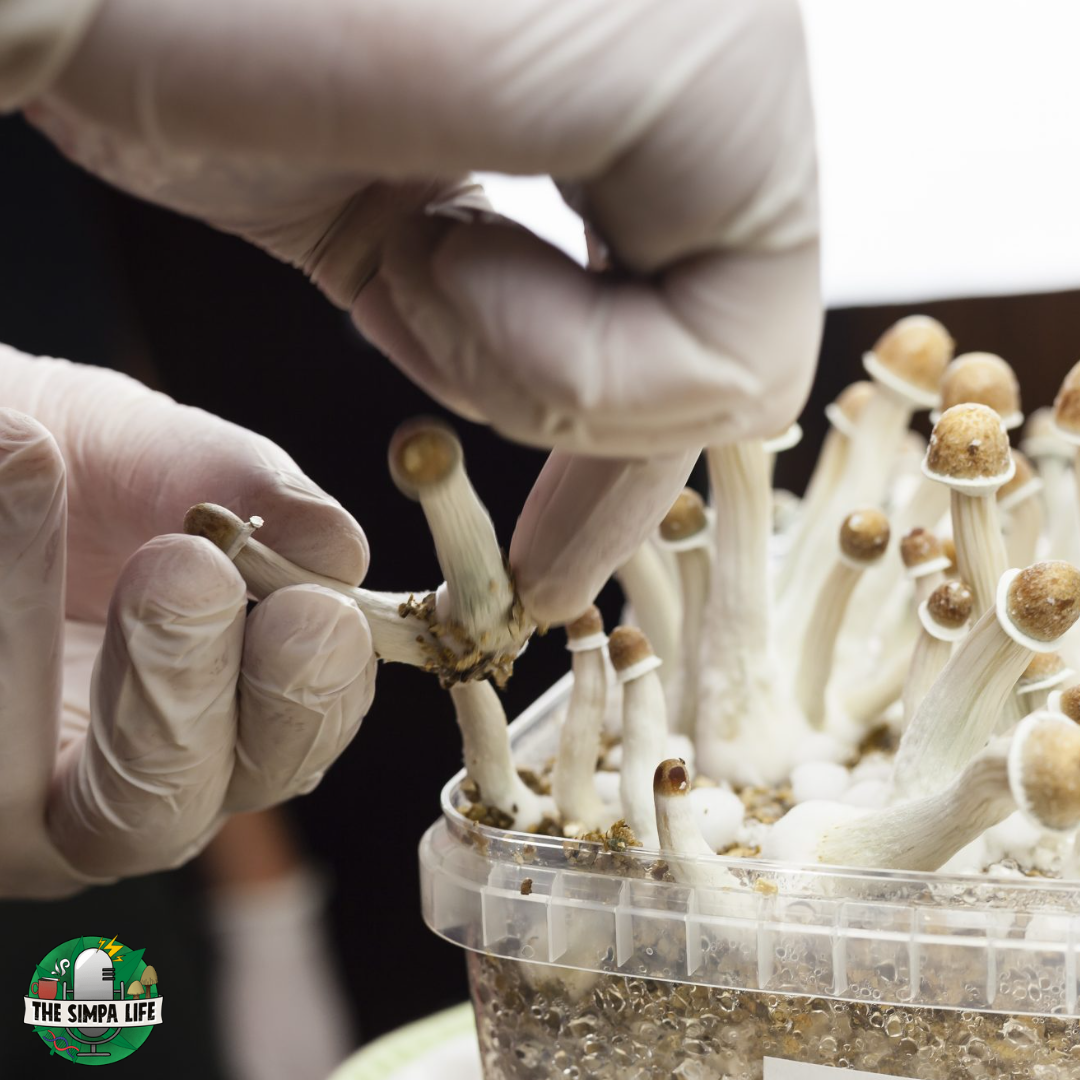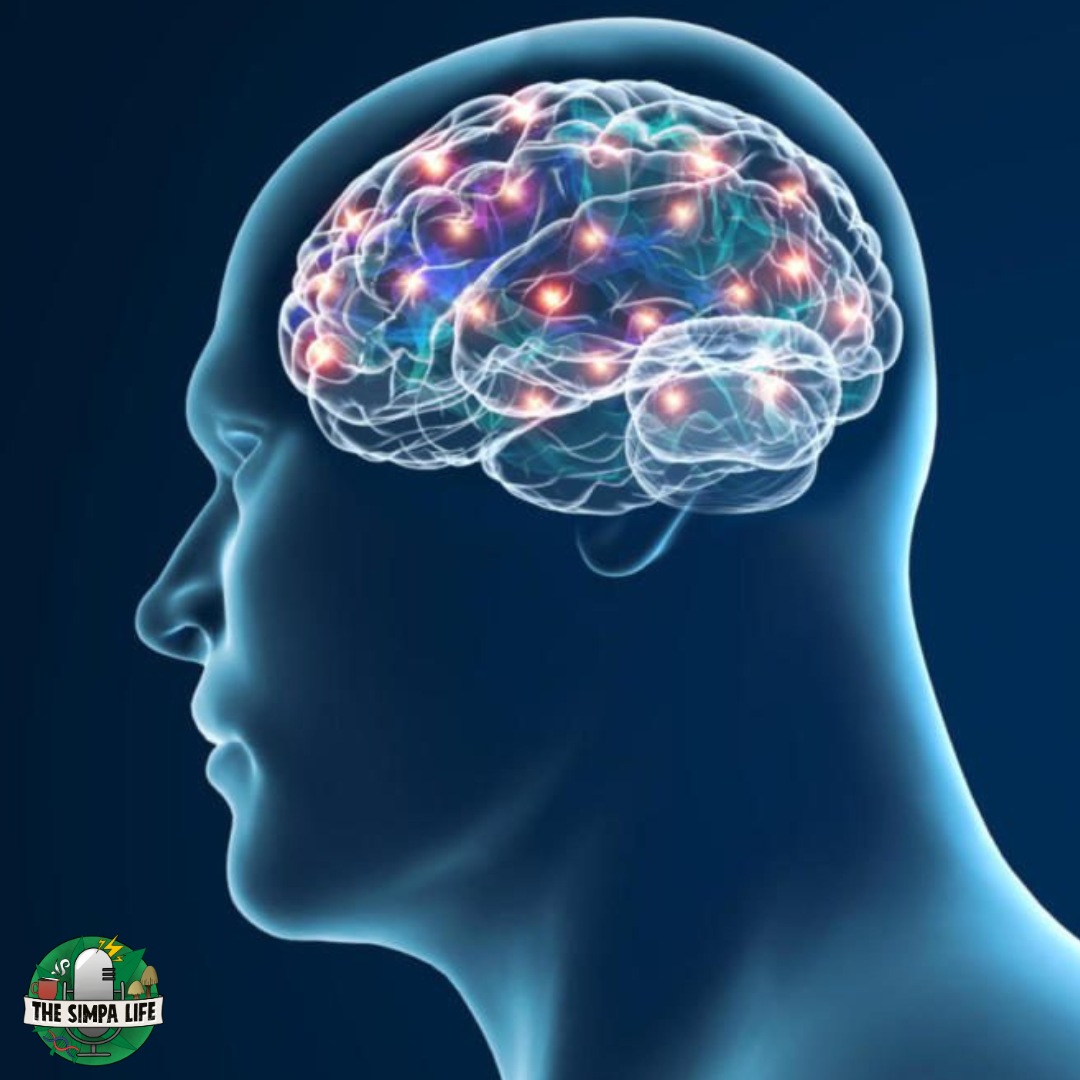The Trip Report Issue 4
Published May 20th 2023
In this issue of The Trip Report. We look at The Oregon Health Authority (OHA) authorising the United States first licensed Psilocybin service centre. Ohio State becomes the first American University to be granted a federal cultivation license to study Psilocybin containing mushrooms by the DEA, and finally. A new study sheds light on how LSD has an impact on regional connectivity in the brain.
The Oregon Health Authority (OHA) Authorises
First Licensed Psilocybin Service Centre
The first story in this issue once again comes from Oregon in the United States of America. The Pacific Western state announced earlier this month that The Oregon Health Authority (OHA) has approved its first license for a ‘Psilocybin Service Center’.
The endowing of this permit marks the first time that all four types of state Psilocybin licenses have now been issued by the OHA. Earlier this year the health agency issued its first manufacturing, facilitator, and laboratory licenses. Although it has now approved all forms of licenses the OHA admit that “it may take time for licensees to set up operations.”
Limited commercial access to Psilocybin-assisted therapy was ‘legalised’ in Oregon at the start of the year following a change in policy after the passing of Measure 110 and Measure 109. Citizen-led initiatives that ‘decriminalised’ psilocybin possession and provided limited lawful access to psilocybin-assisted therapy respectively.
Two years after Oregon’s historic legislation change, Colorado voters passed Measure 122, a citizen-led ballot initiative to ‘decriminalise’ the production and possession of some natural psychedelics and provide limited ‘legal’ access to psilocybin-assisted therapy. In April, the Centennial State’s House approved a new bill to create a regulatory framework that it claims is compatible with the ballot measure.
“Although there may be tremendous potential in utilizing natural medicine for managing various mental health conditions, healing, and spiritual growth, this potential must be appropriately balanced with the health and safety risks that it could pose to consumers as well as the cultural harms it could pose to indigenous and traditional communities that have connections to natural medicine.”
“Considerable harm may occur to indigenous people, communities, cultures, and religions if natural medicine is overly commodified, commercialized, and exploited in a manner that results in the erasure of important cultural and religious context.” - Colorado Bill
From California to Minnesota, Hawaii to Nevada, Connecticut to Massachusetts and many more US states are eager to follow in the psychedelic footsteps of Oregon and Colorado. Unfortunately, the trajectory of the ‘legal’ psychedelic industry seems to be following that of the cannabis industry in the US. While there are some token gestures and positive aspects to these legislative proposals they still prioritise profit over personal freedom and market share over individual liberation.
It was recently revealed that a single session at one of these newly licensed facilities will cost $500 for a microdose session lasting 1-2 hours and $3,500 for a 'high dose' 6-hour session (4 grams). For context that’s less than £40 from UK sellers, a few hour's worth of picking during the mushroom season or a tiny fraction of the amount you’d get from producing your own at home for less than £100.
“Half a gram of ‘shrooms costs less than $1 to produce. What are we paying for? Are we paying for the 1-2 hours for somebody to sit with you on a microdose? No insurance is paying for this, it’s a straight out of pocket cost and it’s price gouging.” - Reggie Harris, Oakland Hyphae
The "Psychedelic Drugs Global Market Report 2023" found that the global psychedelic market grew from $4.2 billion in 2022 to $4.83 billion in 2023 and is expected to grow to $8.31 billion by 2027. So please do tell me again how ‘legalisation’ isn’t just as classist as prohibition.
Ohio State Becomes First University In USA
Granted License To Grow Psilocybin-containing Mushrooms
On May 17th the Drug Enforcement Agency (DEA) issued the first-ever license to cultivate Psilocybin containing mushrooms for research purposes to Ohio State University (OSU). The license has been granted in a joint venture between the top-rated university and research partner Inner State Inc, 'a mental health and wellness research and development company focused on psychedelics’.
“This license is a major milestone not only for Inner State and Ohio State but for the entire field of psychedelic research. We are thrilled to be working with The Ohio State University to further explore the potential of the whole psilocybin mushroom.” - Ashley Walsh, Inner State CEO
The license allows the university to cultivate ‘magic mushrooms’ to study all of the naturally occurring chemical compounds found in these funky fungi. There are thought to be over 200 species of Psilocybin-producing fungi on Earth. Mostly from the eponymous genus Psilocybe where currently over 116 species have been identified to create the conscious expanding chemical.
It is reassuring to finally see researchers show an interest in entheogenic mushrooms beyond Psilocybin. From Norpsilocin, Norbaeocystin, and Baeocystin to Aeruginascin there is a multitude of other compounds that modern science is just starting to understand.
Previous studies have focused on Psilocybin isolate using a synthetic analogue. So the licensing of research into the other psychoactive alkaloids found in these fungi greatly excites and intrigues me – especially the idea of looking at a kind of ‘entourage effect’ in these mysterious mushies.
“We believe that there is more to discover in psilocybin mushrooms than just psilocybin. The whole mushroom is reported to have multi-dimensional healing properties that may help to cure mental health issues, relieve pain as well as improve the quality of palliative care for cancer.” - Ashley Walsh, Inner State CEO
The researchers at OSU will focus on the theoretical ‘entourage effect’ produced by consuming psychoactive ‘whole mushrooms’. The issuing of this licence marks a potential softening of the DEA’s approach to some currently criminalised naturally-occurring entheogenic compounds.
From PTSD, anxiety, depression, chronic pain, alcohol use disorder, and methamphetamine use disorder, to migraine headaches and many more. There are currently around 50 studies planned or underway around the world investigating Psilocybin as a possible treatment for a variety of conditions.
I hope the knowledge discovered through this license helps advance the cause of whole mushroom consumption and calls to fortify our basic human right to individual spiritualistic, ritualistic, and hedonistic consumption of these heavenly entheogens.
Learn more about the other psychoactive alkaloids found in ‘magic mushrooms’ here.
New LSD Study Explores How LSD Alters Brain Connectivity
A new ‘first of its kind’ study titled ‘The effect of Lysergic Acid Diethylamide (LSD) on whole-brain functional and effective connectivity’ was published in the Journal of Neuropsychopharmacology in late April 2023. The study from a team of researchers in the United States found that the brain of individuals on LSD experiences an increase in the strengthening of certain connections and a weakening of other connections.
Researchers came to their conclusion after analysing data from two randomised, double-blind, placebo-controlled, cross-over trials and aggregating the results into one dataset. The two studies comprised 45 individuals aged 25 – 65 years old. 20 participants (10 male/10 female) from one and 25 individuals (12 males/13 females) from the other study.
In two separate sessions, 7 days apart, the participants of both trials were dived into two groups, with one receiving 100μg of LSD in capsules and the others receiving a Mannitol and ethanol-filled placebo capsule. The subjects were then put in a fMRI machine and instructed to close their eyes but remain awake during the procedure. 11 hours after the administration of LSD/placebo they were asked to retrospectively rate the effect of the drug using the ‘5 Dimensions of Altered States of Consciousness (5D-ASC) scale’.
Researchers then examined the data from the scans and compared the rates of Effective Connectivity (EC), the causal influence of one brain region on another, and Functional Connectivity (FC), the correlation between brain regions. These scans revealed a significant difference between the LSD and placebo groups. With almost a quarter of all correlations between brain regions being stronger under the influence of LSD when compared to the placebo.
They found that LSD seems to enhance connectivity across various neural networks by modulating how the brain sends and receives signals. While the study found that LSD strengthens and increases the signalling of most connections in the brain. It also found that certain regions of the brain including the Cerebellum, Putamen, and Occipital Cortex all consequently had weaker signalling.
So what does all of this mean? Well, according to the researchers, this study shows that LSD enhances connectivity across widespread brain networks. In particular, it seems to increase processing between the Lingual Gyrus, the visual centre of the brain, and the Inferior Frontal Gyrus, the region responsible for self-awareness and introspection.
The study reveals that LSD changes the brain’s connectivity by impacting the strength of signalling between various regions. It found that stronger signalling between these regions correlated to an increase in psychological experiences reported by participants. This would indicate that the psychological experience of LSD is rooted in its impact on inter-regional brain communication.
Written for TheSimpaLife.com by Simpa



